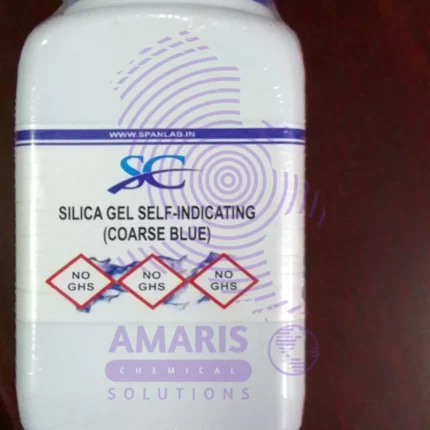
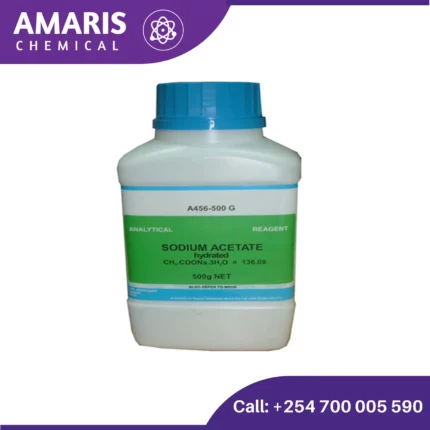
Silver Chloride 25gm
KSh2,500.00 Original price was: KSh2,500.00.KSh2,300.00Current price is: KSh2,300.00.
Silver chloride (AgCl), with its characteristic white crystalline appearance, is a chemical compound with a rich history and interesting properties. Here’s a breakdown of its key features, applications, and how it behaves in a laboratory setting:
Properties:
- Formula: AgCl
- Appearance: White crystalline solid
- Solubility: Very low solubility in water (known as a water-insoluble salt)
- Light sensitivity: Silver chloride darkens upon exposure to light, due to the conversion of silver ions (Ag⁺) to metallic silver (Ag).
Uses of Silver Chloride
- Test for Chloride Ions (Cl⁻):
This is the most common laboratory use of silver chloride. Silver chloride’s insolubility in water makes it an ideal indicator for the presence of chloride ions (Cl⁻) in an unknown solution. When a solution containing silver nitrate (AgNO₃) is added to a solution containing chloride ions, a white precipitate of silver chloride forms according to the following reaction:
AgNO₃ (aq) + KCl (aq) -> AgCl (s) + KNO₃ (aq)
Since this reaction is highly specific for chloride ions, the formation of a white precipitate signals the presence of chloride ions in the unknown solution. This qualitative test can be used to identify chloride ions in various samples.
- Gravimetric Analysis (Quantitative determination – less common):
In some cases, silver chloride precipitation can be used for a quantitative analysis technique called gravimetric analysis. Here, the mass of the silver chloride precipitate is carefully measured after it is dried and purified. The mass of the precipitate can then be mathematically correlated back to the original amount of chloride ions present in the unknown solution. This method is less common than other techniques for chloride ion quantification due to its time-consuming nature and the availability of more precise instrumental methods.
- Precursor for other silver compounds:
Silver chloride can be a useful starting material for synthesizing other silver compounds in laboratory settings. These other silver compounds may have specific applications in research or other industrial processes.
Related products
2 Propanol 2.5 litres (IPA)
Acetaldehyde
- Chemical Structure: Acetaldehyde consists of two carbon atoms, one oxygen atom, and four hydrogen atoms. Its structure is CH3CHO, where the carbon atom in the middle is doubly bonded to an oxygen atom and singly bonded to a hydrogen atom and a methyl group (CH3).
- Occurrence: Acetaldehyde can be found naturally in various ripe fruits, coffee, and heated milk. It is also produced by the oxidation of ethanol (alcohol) by enzymes in the liver and other tissues in humans, making it an intermediate product in alcohol metabolism.
Aluminum Ammonium Sulphate
Anhydrous Aluminum Chloride
Liquid chlorine
Silver Nitrate 25gm
- Formula: AgNO₃
- Appearance: White crystalline solid
- Odor: Odorless
- Solubility: Highly soluble in water
- Melting point: 212 °C (414 °F)

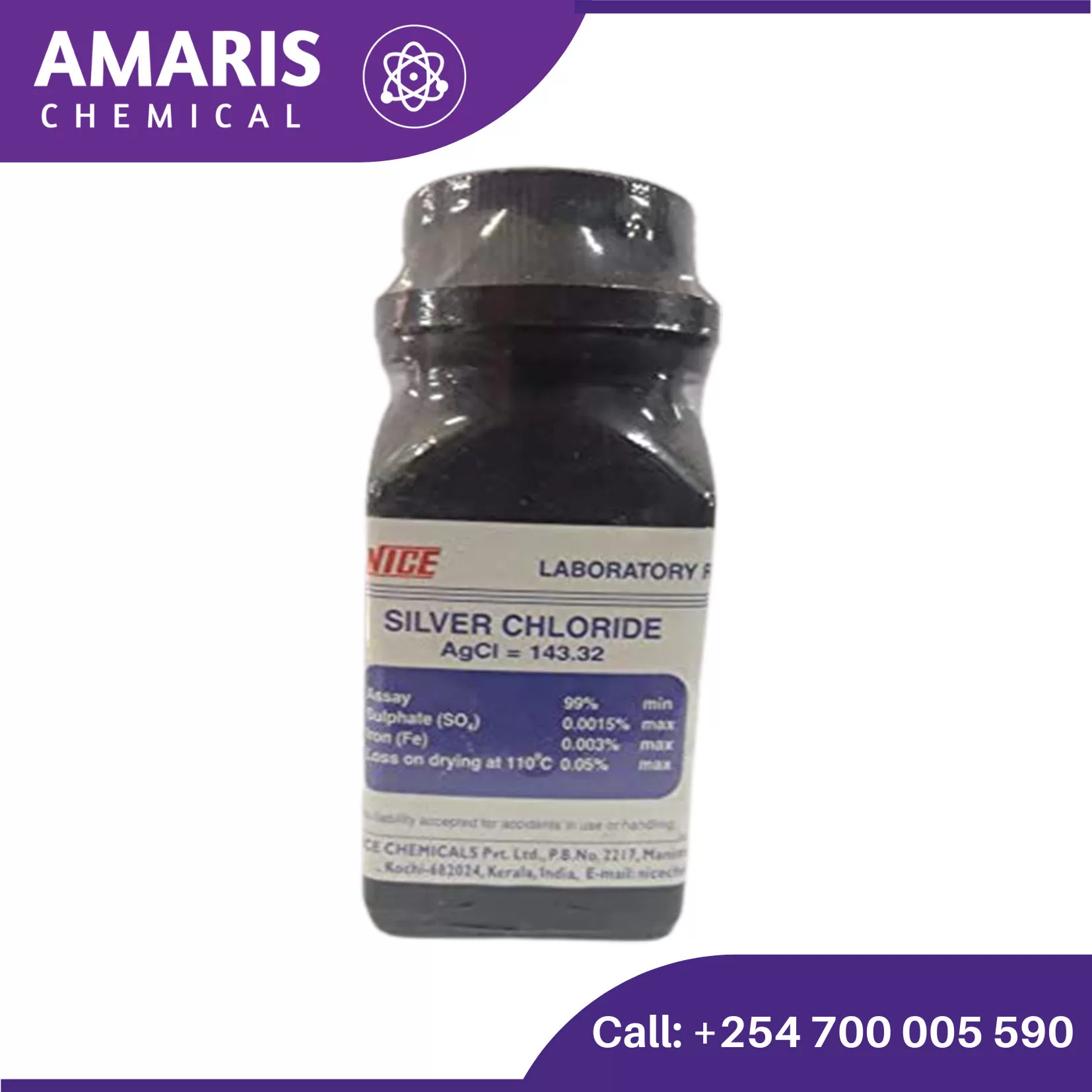
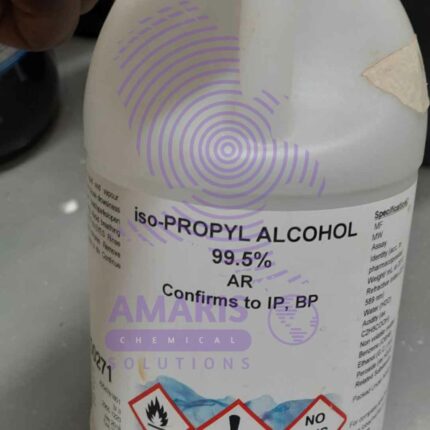
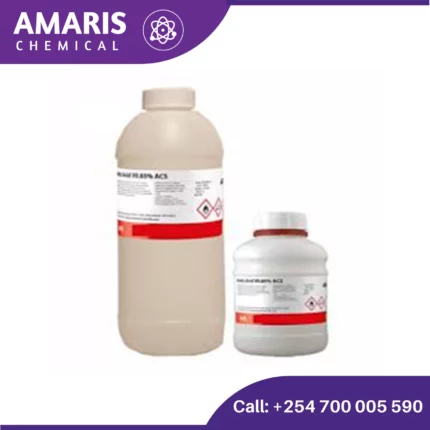
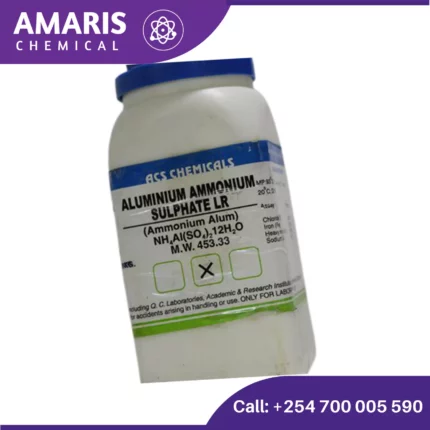
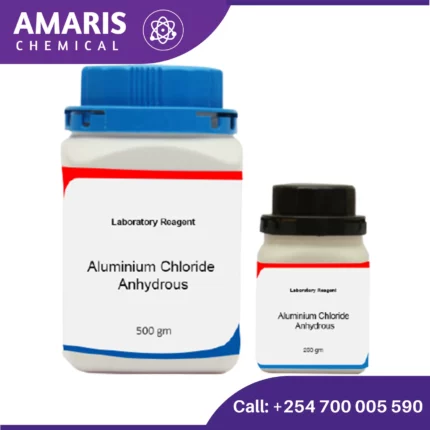

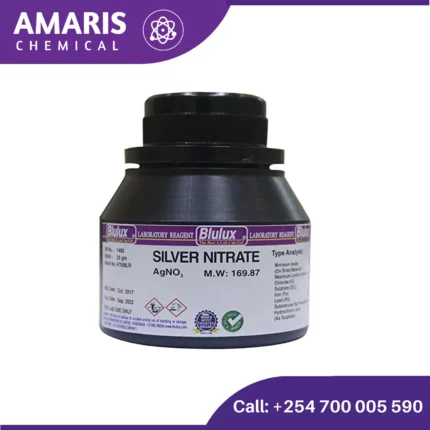

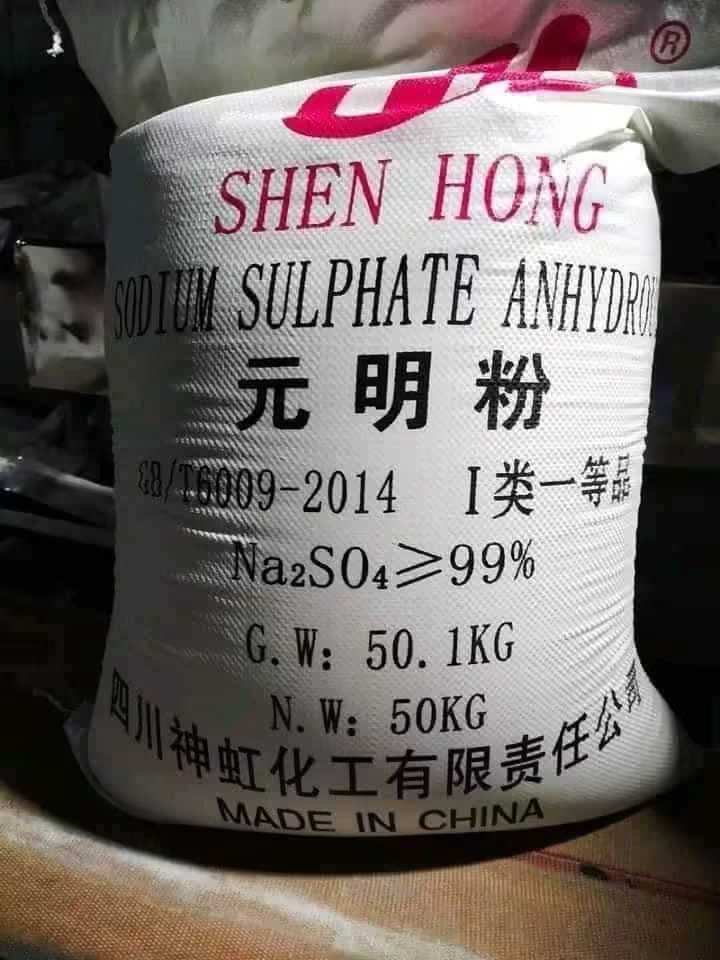
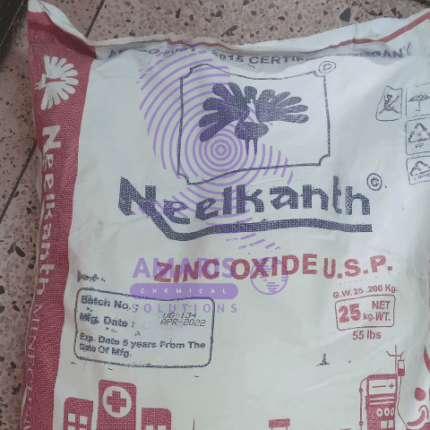







Reviews
There are no reviews yet.